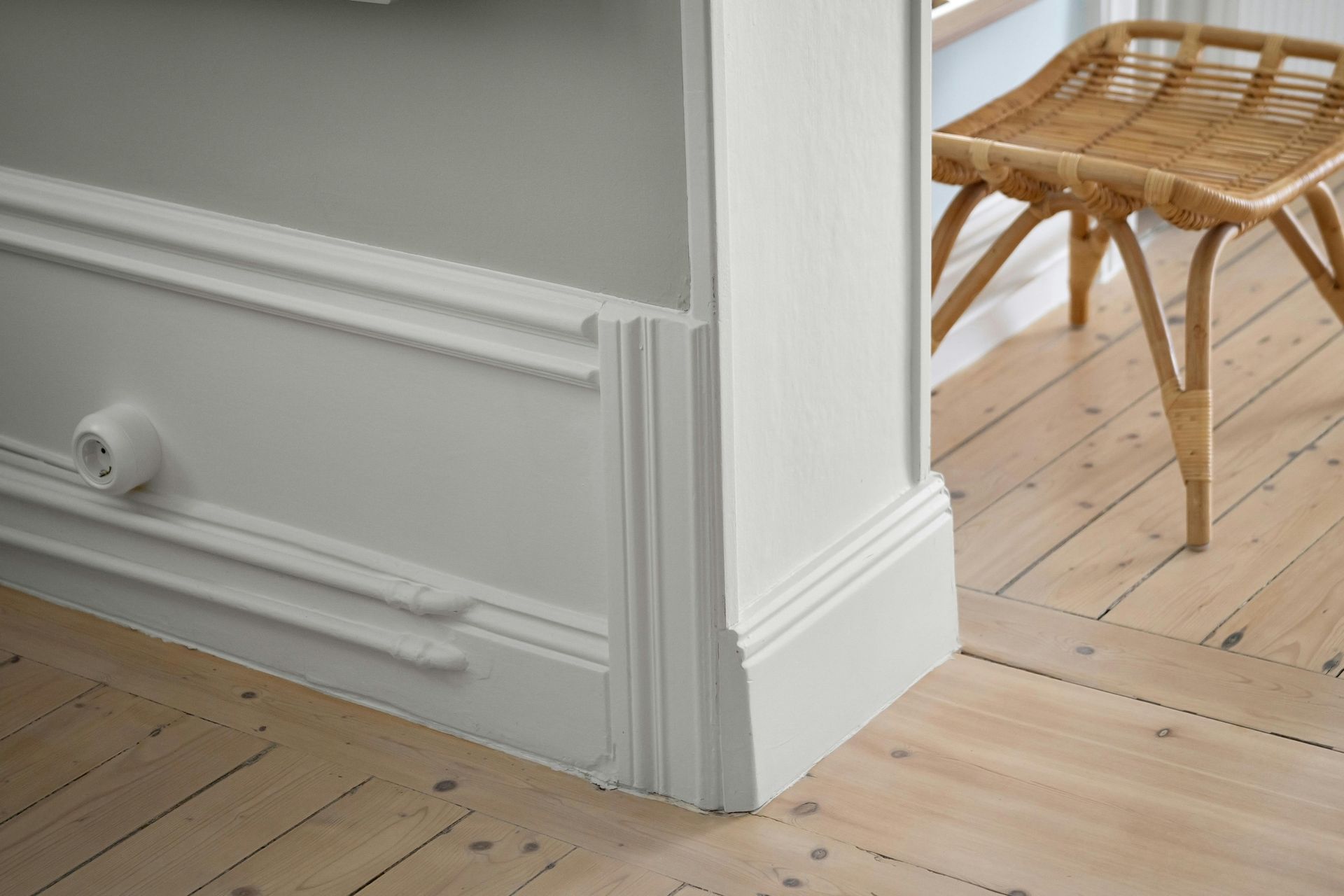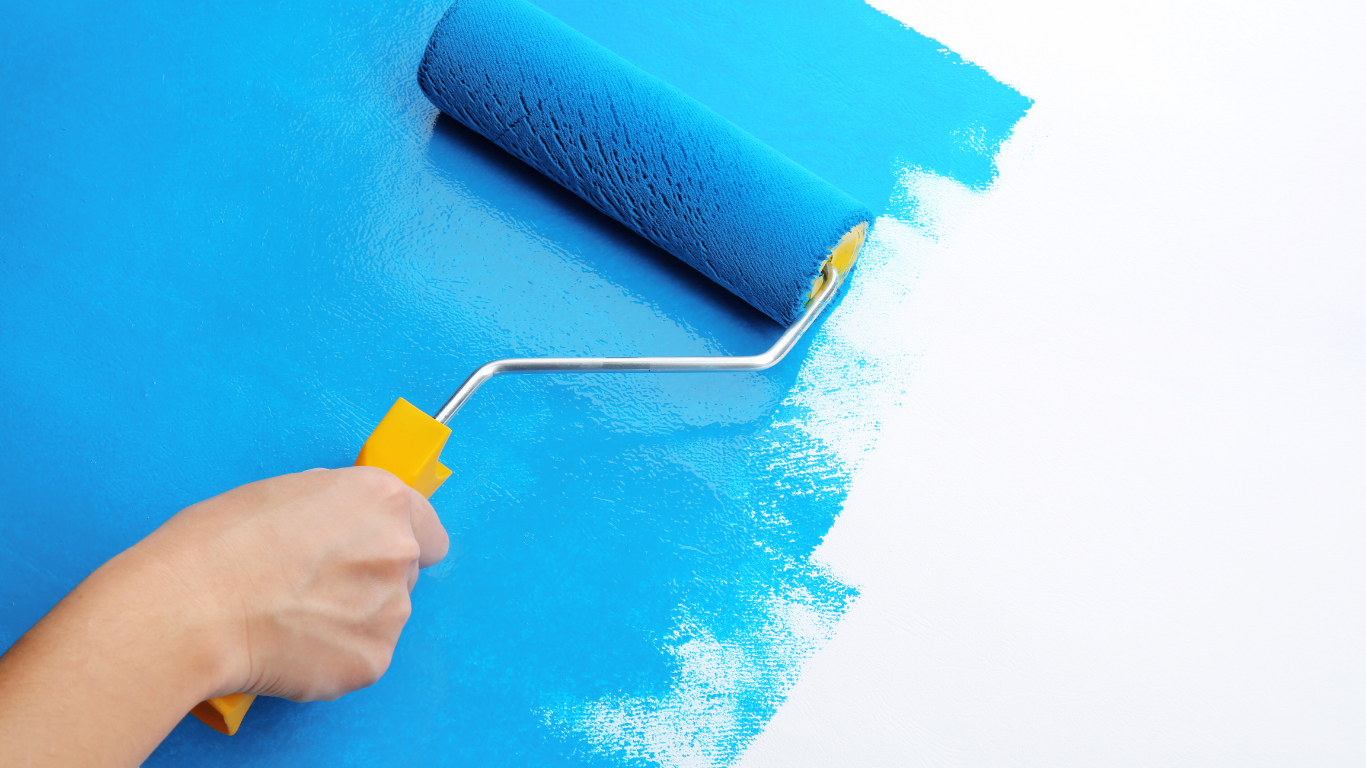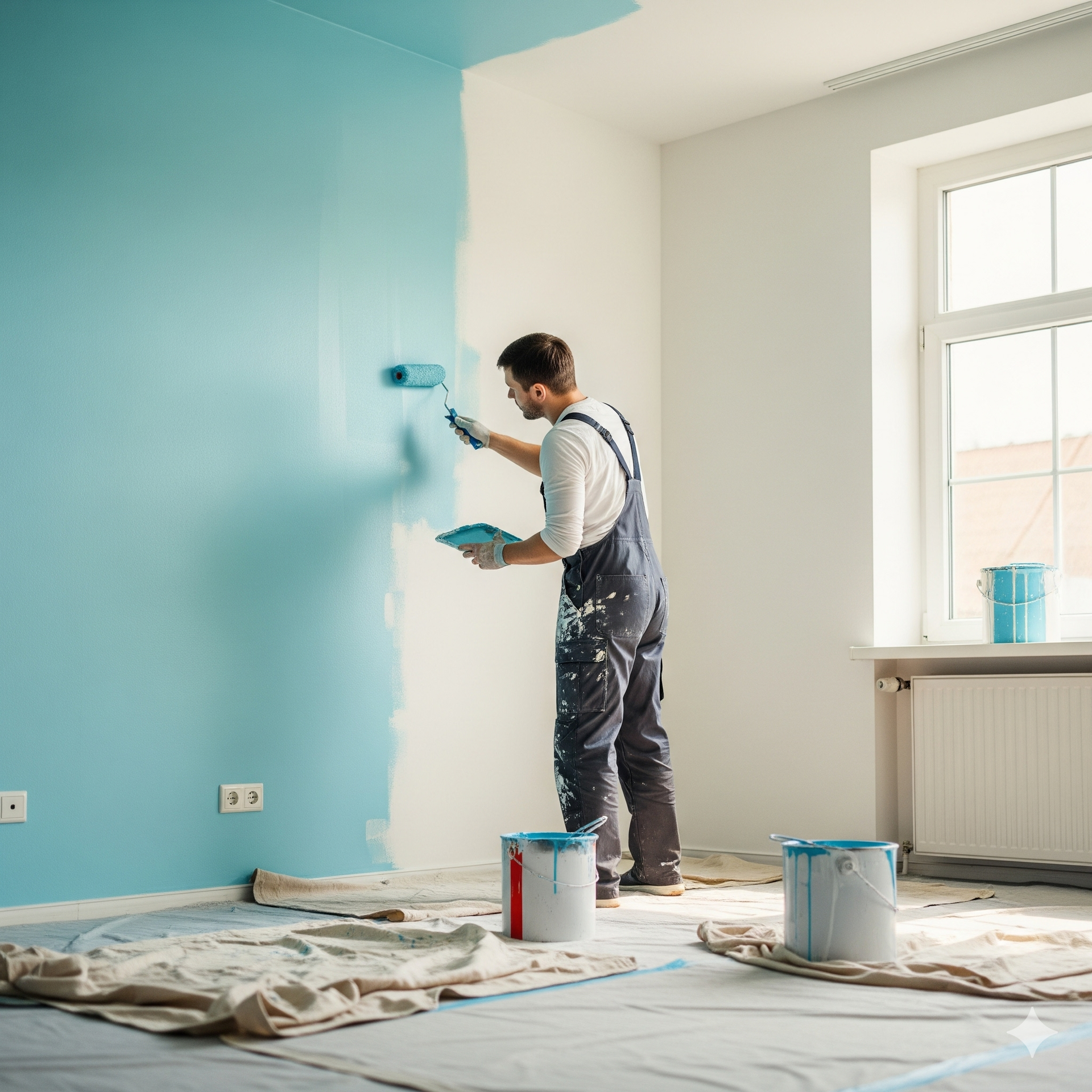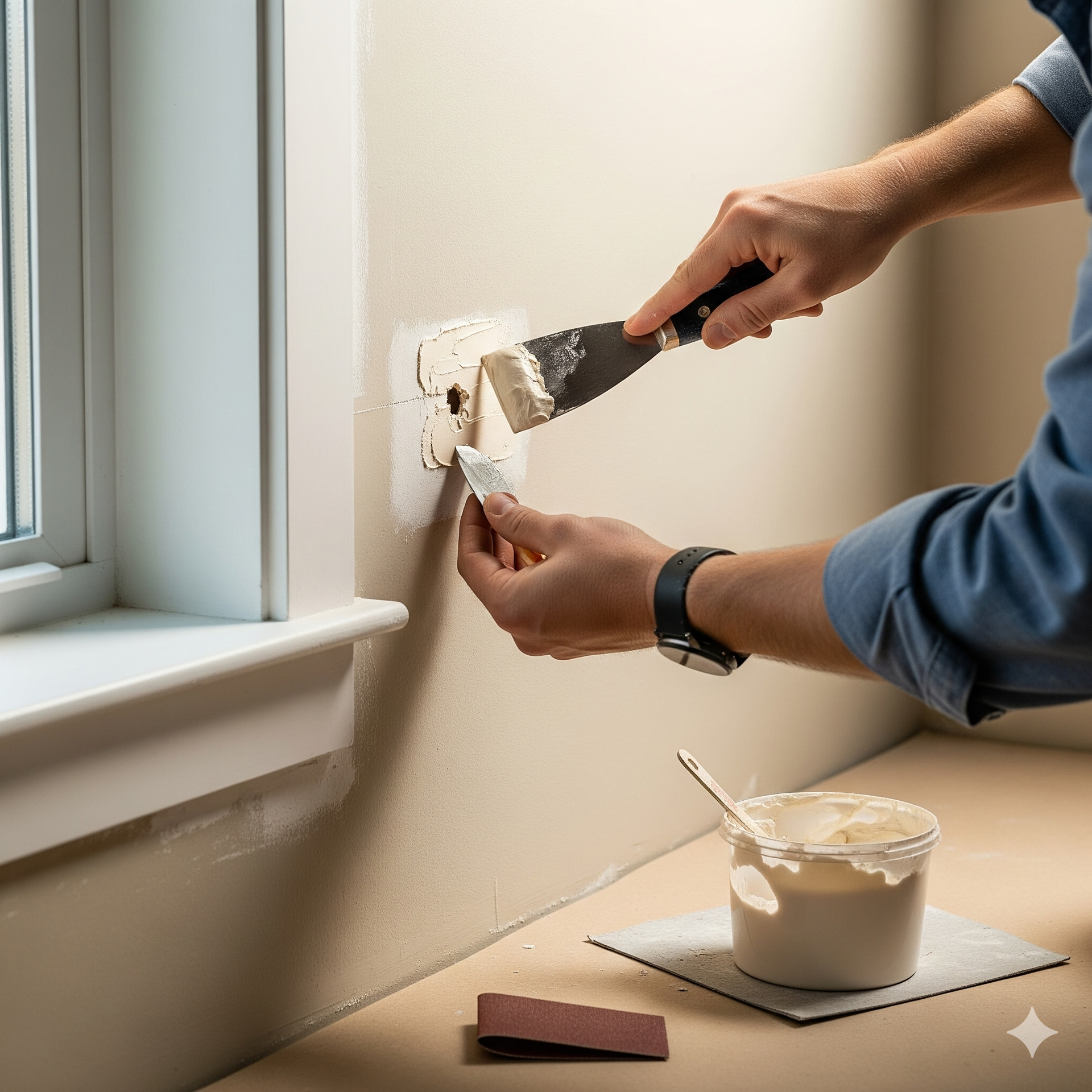Trim and Molding Painting: Why the Details Matter in Every Room
The Finishing Touch That Defines a Space

When most people think about painting a room, they focus on walls or maybe ceilings. But one of the most overlooked—and most important—elements in any space is the trim and molding. Whether it's baseboards, window frames, crown molding, or door casings, professionally painted trim adds contrast, depth, and polish to your home.
In fact, it’s often the difference between a space that feels unfinished and one that feels fully complete.
At Wet Paint, we help homeowners across Grand Forks, ND elevate their spaces with detailed trim and molding painting that enhances architecture, improves visual flow, and boosts long-term value.
What Is Trim and Molding Painting?
Trim refers to the narrow woodwork that outlines your space—like baseboards, door frames, and window casings.
Molding (or “moulding”) typically refers to decorative, often ornate woodwork, such as:
- Crown molding (at the ceiling)
- Chair rails (mid-wall)
- Picture rails or panel molding
- Wainscoting or beadboard
- Custom millwork or ceiling medallions
Painting these features not only protects the wood but also makes architectural details stand out. A well-painted trim can frame a room, sharpen lines, and contrast beautifully with your wall color.
Why Trim and Molding Painting Matters More Than You Think
1. It Defines Clean Lines and Professional Finish
Even with freshly painted walls, unpainted or poorly painted trim makes a room feel incomplete. Crisp, clean trim defines the edges and gives each wall a finished frame. It’s often the first thing people notice—even if they don’t realize it.
2. It Enhances Architectural Style
In older Grand Forks homes—especially those near UND, Belmont Park, or Riverside—molding plays a major role in the home’s character. Painting it well honors that craftsmanship and helps retain the home's historical charm.
In newer homes, clean and modern trim painting helps define contemporary spaces and adds subtle contrast.
3. It Protects High-Contact Surfaces
Baseboards, doors, and casings take a beating. Foot traffic, vacuums, pets, and everyday wear all scuff or chip these areas. A durable, high-quality paint provides protection while making ongoing touch-ups easier.
4. It Visually Enlarges or Refines Spaces
Color and finish on trim can create visual tricks. Lighter trims make rooms feel taller or more open, while darker trims add sophistication and depth. The right color choices can completely reshape how a room feels—without changing any structure.
Popular Trim and Molding Styles in Grand Forks Homes
Classic White Trim
Timeless and versatile, white or off-white trim pairs well with almost any wall color. It works in both historic homes and modern spaces, making it a popular choice across Grand Forks.
Painted Trim in Bold Colors
Charcoal gray, navy blue, black, and even forest green are trendy choices for dramatic trim in dining rooms, offices, or accent areas.
Natural Wood with Clear Finishes
Some homeowners prefer the natural look of wood trim. In these cases, a clear protective coating or light stain enhances the grain while protecting against damage.
Matching Trim and Walls
This technique creates a seamless, minimalist look and works well in smaller spaces or modern interiors.
Two-Tone Wainscoting or Chair Rails
Painting the top and bottom sections of a wall in different colors, separated by chair rail molding, adds interest and structure to larger rooms or hallways.
The Process: How We Professionally Paint Trim and Molding
Painting trim requires a different approach than painting walls. It’s detailed, often tedious work—but when done right, the results are worth it.
Here’s how Wet Paint handles trim and molding painting for homeowners in Grand Forks:
1. Inspection and Planning
We start by evaluating your trim and molding:
- What material is it made from?
- Are there cracks, gaps, or nail holes?
- Is it painted, stained, or unfinished?
- What’s the desired color and finish?
We help you choose the right sheen (semi-gloss or satin are most common for trim) and color options based on lighting, room size, and overall design goals.
2. Cleaning and Prep
Good prep makes all the difference. We:
- Clean the surface to remove dust, grime, or oils
- Lightly sand glossy or uneven areas for better paint adhesion
- Fill gaps or nail holes with wood filler or caulk
- Mask off floors, walls, and adjoining surfaces with painter’s tape
This ensures sharp lines and smooth finishes with no bleed-through or rough edges.
3. Priming (If Needed)
We use bonding primers when working with:
- Previously stained wood
- Glossy finishes
- Raw or porous trim materials
4. Painting with Precision
Using fine brushes or sprayers depending on the trim type, we apply 1–2 coats of high-durability paint, carefully managing edges and drying times. The goal is a smooth, even surface with clean lines and no drips, brush marks, or streaks.
5. Final Inspection and Touch-Ups
After everything dries, we walk through the space to identify any areas needing touch-up or detail work. We also remove tape carefully to avoid peeling, clean the space, and return furniture or fixtures as needed.
Frequently Asked Questions About Trim and Molding Painting
Do I need to repaint trim when I repaint walls?
Not always—but it’s highly recommended. Freshly painted walls can make older trim stand out (in a bad way), especially if it’s dingy, chipped, or a dated color.
What’s the best sheen for trim?
Most pros use
semi-gloss or
satin for trim and molding. These finishes are durable, washable, and highlight architectural details while resisting scuffs and marks.
Can trim be painted a different color than the walls?
Yes—and it often should be. Contrasting colors add depth, especially in rooms with neutral walls. That said, painting trim the same color as the walls can make small spaces feel larger and create a more modern, monochromatic look.
How often should trim be repainted?
That depends on usage. High-traffic areas like baseboards or stair railings may need repainting every few years. Less-touched areas like crown molding can last much longer.
Can I paint over stained or varnished trim?
Yes—but only with proper prep and priming. Stained wood must be cleaned, lightly sanded, and sealed with a bonding primer to prevent bleed-through and ensure adhesion.
Local Considerations for Trim Painting in Grand Forks
- Climate fluctuations can cause trim to expand or contract. We use flexible caulks and paint products that resist cracking in North Dakota’s temperature swings.
- Historic homes in neighborhoods like Downtown Grand Forks may have detailed woodwork that requires special care. We take time to preserve and enhance these features.
- New construction homes often come with builder-grade finishes. Painting the trim is a simple way to upgrade these details without a full remodel.
The Wet Paint Difference
We specialize in detail-work that other painters often rush through or avoid altogether. When you choose Wet Paint for trim and molding painting, you can expect:
- Careful prep and clean edges
- Durable finishes that resist wear and tear
- Respect for your space and schedule
- Expert recommendations on color and style
- Local experience painting Grand Forks homes, old and new
Whether you're touching up a single room or planning a full-home refresh, we help bring out the best in your home’s features—right down to the last detail.
Don’t Overlook the Power of Painted Trim
Painted trim and molding might seem like a minor detail—but it has a major visual impact. It’s the border, the accent, the definition between surfaces. Done well, it elevates an entire space.
If you're planning interior updates or just want your home to feel more polished, trim and molding painting is a smart place to start.
Ready to upgrade your home’s details?
Let Wet Paint handle the fine lines and finishing touches with the care your home deserves.
Visit:
https://www.wetpaint-nd.com
Or request a quote:
https://www.wetpaint-nd.com/contact




